When you're a beginning landscape photographer, it can be easy to get discouraged.
After all, I know when I started out that I'd see a fantastic scene and be so excited about photographing it, only to get home and see that the vibrant beauty of the landscape is not what my photos showed.
But taking your landscape photos to the next level doesn't have to be something that's overly difficult to do.
In fact, these four landscape photography tips are extremely easy to implement, and the results you get can be quite amazing.
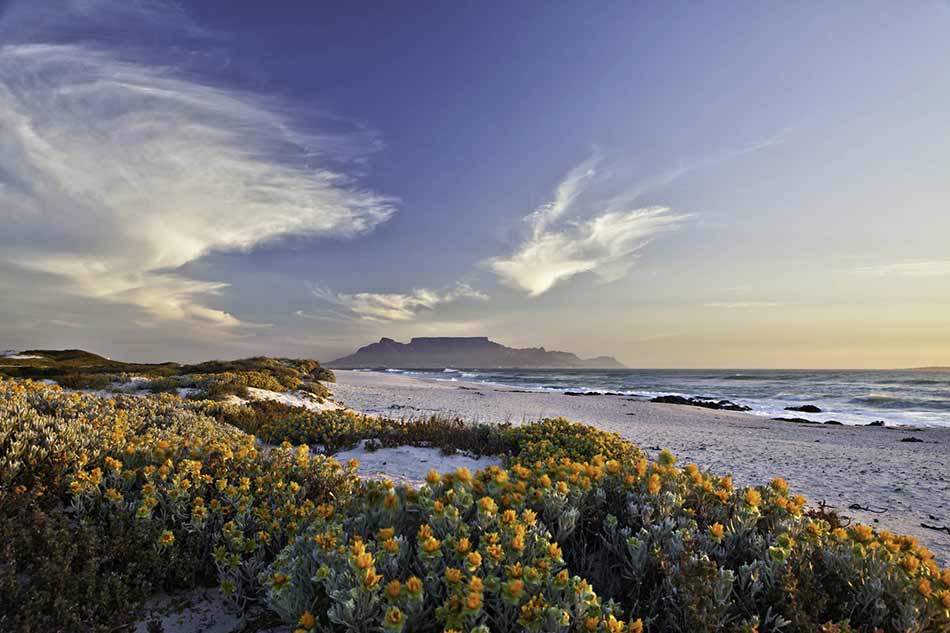
Use Filters
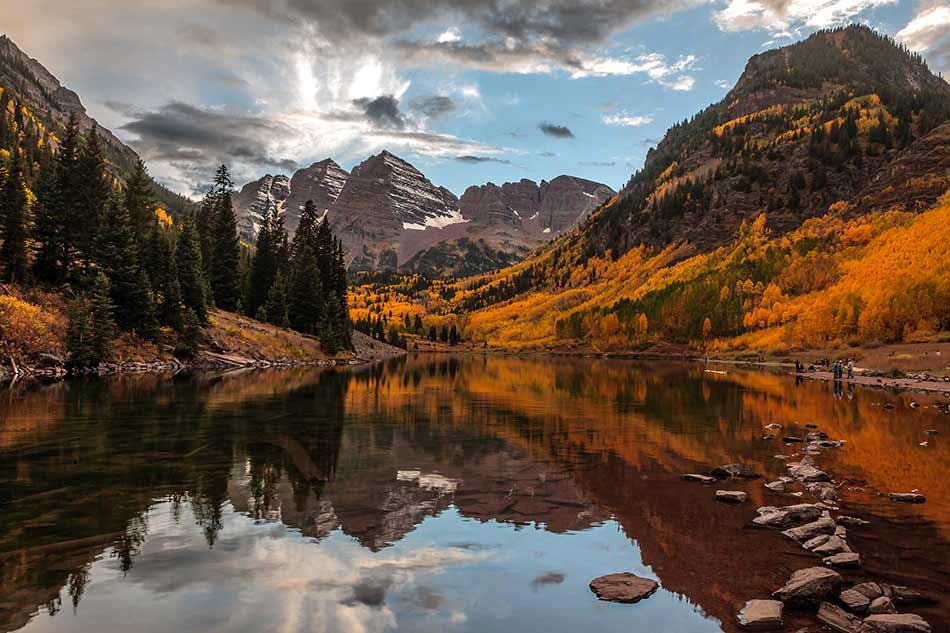
Though programs like Photoshop and Lightroom offer you wondrous possibilities for enhancing your photos, the effects you can get by using filters on your camera lens cannot be matched.
That's especially true for landscape photography, which can benefit from any number of filters:
- Polarizing filter helps cut down on glare off surfaces like water (as seen above), reduce atmospheric haze, and increase contrast in the sky. The result is a photo that has much more visual appeal.
- Graduated neutral density filters help even out the brightness of the sky and the darkness of the landscape for a more even exposure throughout.
- Neutral density filters allow you to extend the shutter speed you use during the daytime, which opens up the world of long exposure photography.
There are other filters out there as well, but these three represent the first camera accessories you need to buy.
Editor's Tip: When buying filters, don't buy cheap ones. High-quality filters like those from Formatt-Hitech offer improved performance with better colors and contrast, and less aberrations and vignetting. If you want to maximize the quality of your landscape photos, get set up with filters today.
Use a Tripod
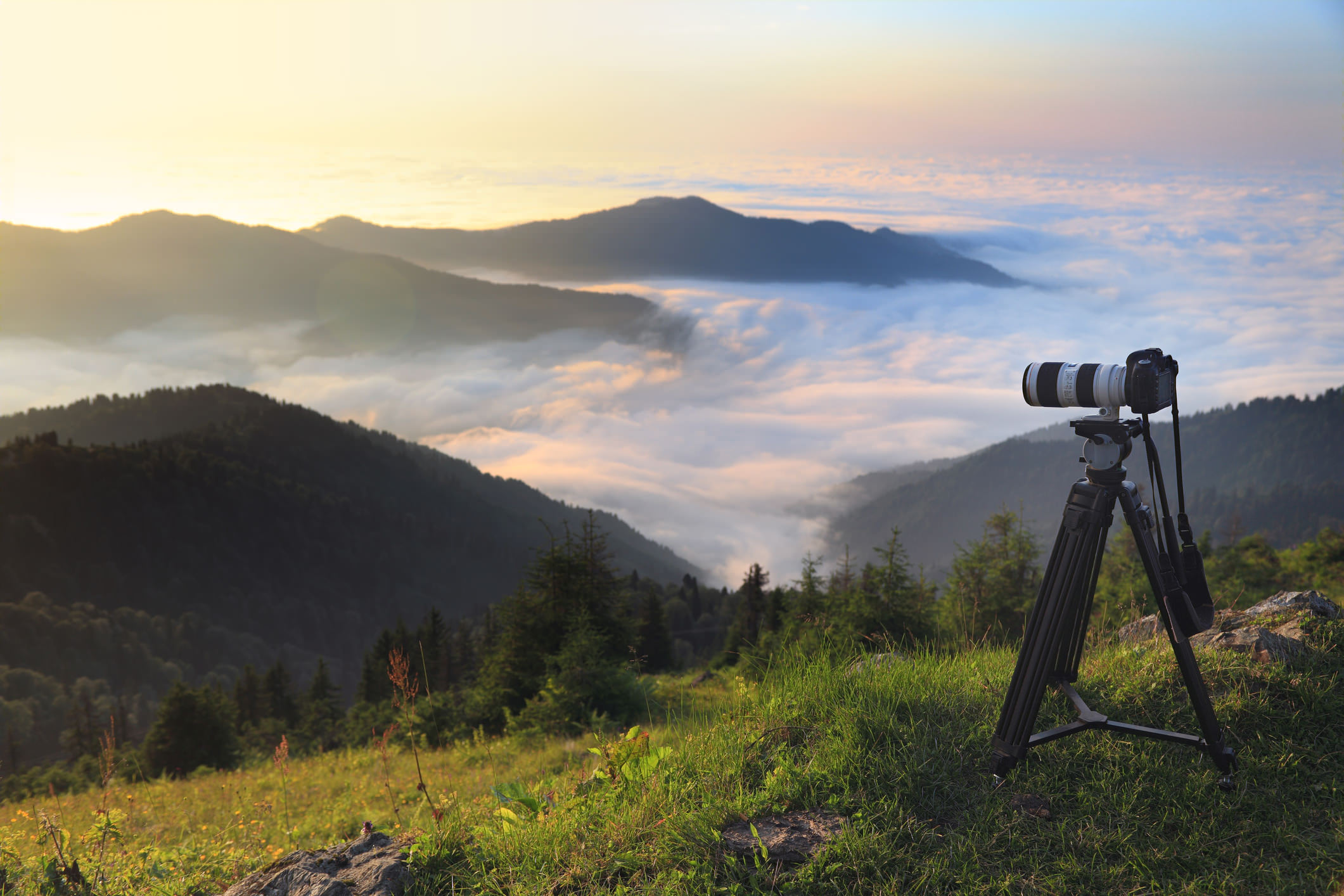
One of the ways that your landscape photos can go wrong is if they're blurry.
Blurry photos result from a number of things - camera shake, using a shutter speed that's too slow to hold the camera, and having the focus off, among them.
A tripod helps eliminate the first two. If the camera is on a stable tripod, it's more capable of getting tack-sharp shots than if you hold the camera. That's true even at fast shutter speeds. Learn more about the best camera for outdoor photography on our website PhotographyTalk.com.
If you're trying to blur the movement of water or clouds, though, and you've got a slow shutter speed to do so, a tripod is an absolute essential.
Buyer beware, though - not all tripods are made alike. Opt for something that's well-built, lightweight, and has features like quick-lock legs for quick setup, an integrated bubble level for getting the horizon straight, and rubber feet with metal spikes to help in the stability department.
Golden Hour is Where It's At

The best light of the day occurs right before sunset and right after sunrise, a period called Golden Hour.
It's called that because the light has a gold tone to it that bathes the landscape in warm light.
It's also very soft light, as it has to travel through more of the Earth's atmosphere. That means that the contrast is lower, giving your camera an easier time with capturing the shadows and highlights in the scene.
If you can't get out to shoot at sunrise or sunset, opt for a cloudy day. The clouds diffuse the light, softening it, and spreading out nice, even lighting across the landscape.
Editor's Tip: Shooting during the daytime hours on a sunny day is least preferable because the light is so harsh, which results in very bright highlights and very dark shadows. When shooting in these conditions, consider converting your photos to black and white, because black and white shots tend to benefit from strong contrast.
Play With the Positioning of the Horizon
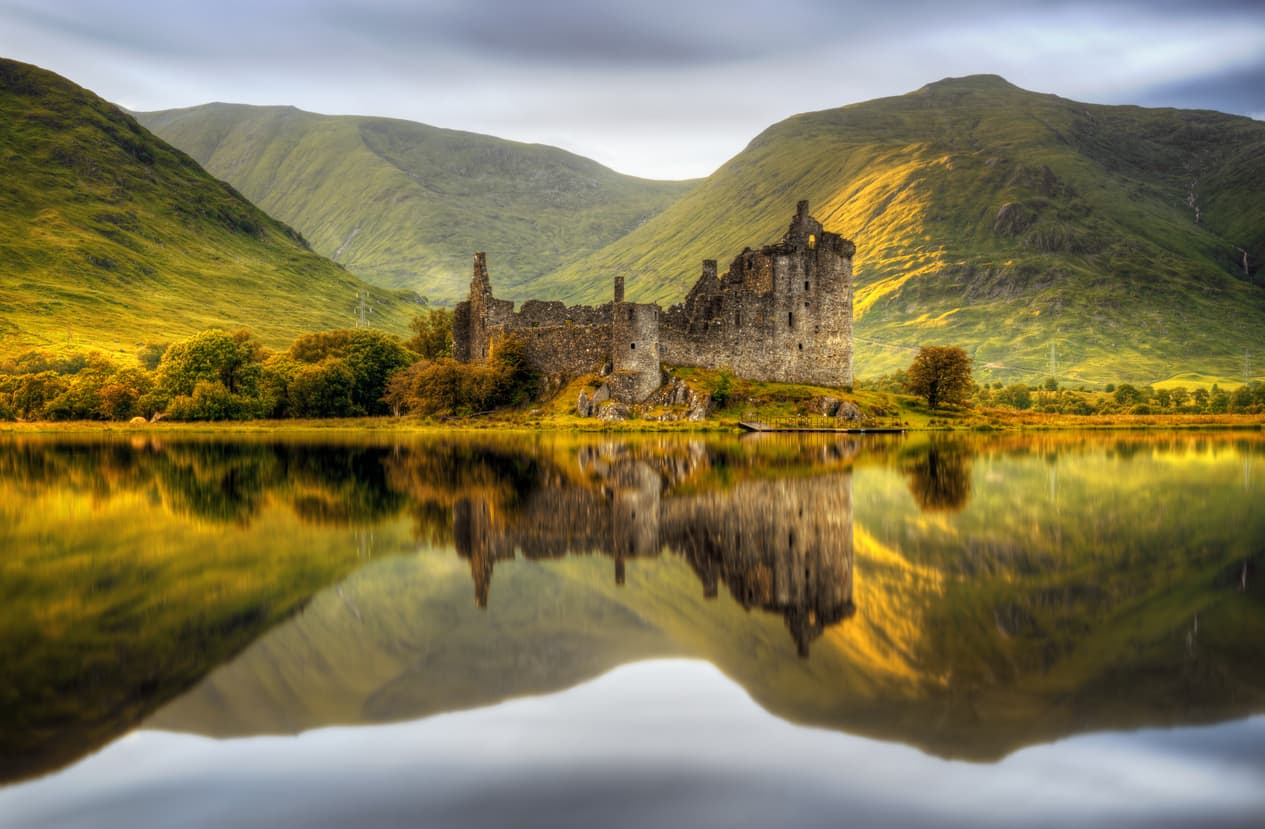
A common mistake that beginner landscape photographers make is to place the horizon line in the middle of the shot.
Though this can be an effective composition in some situations (i.e., when there's a reflection in the shot, as shown above, to enhance the symmetry of the shot), usually, you'll want to adjust the horizon to the upper third or lower third of the frame.
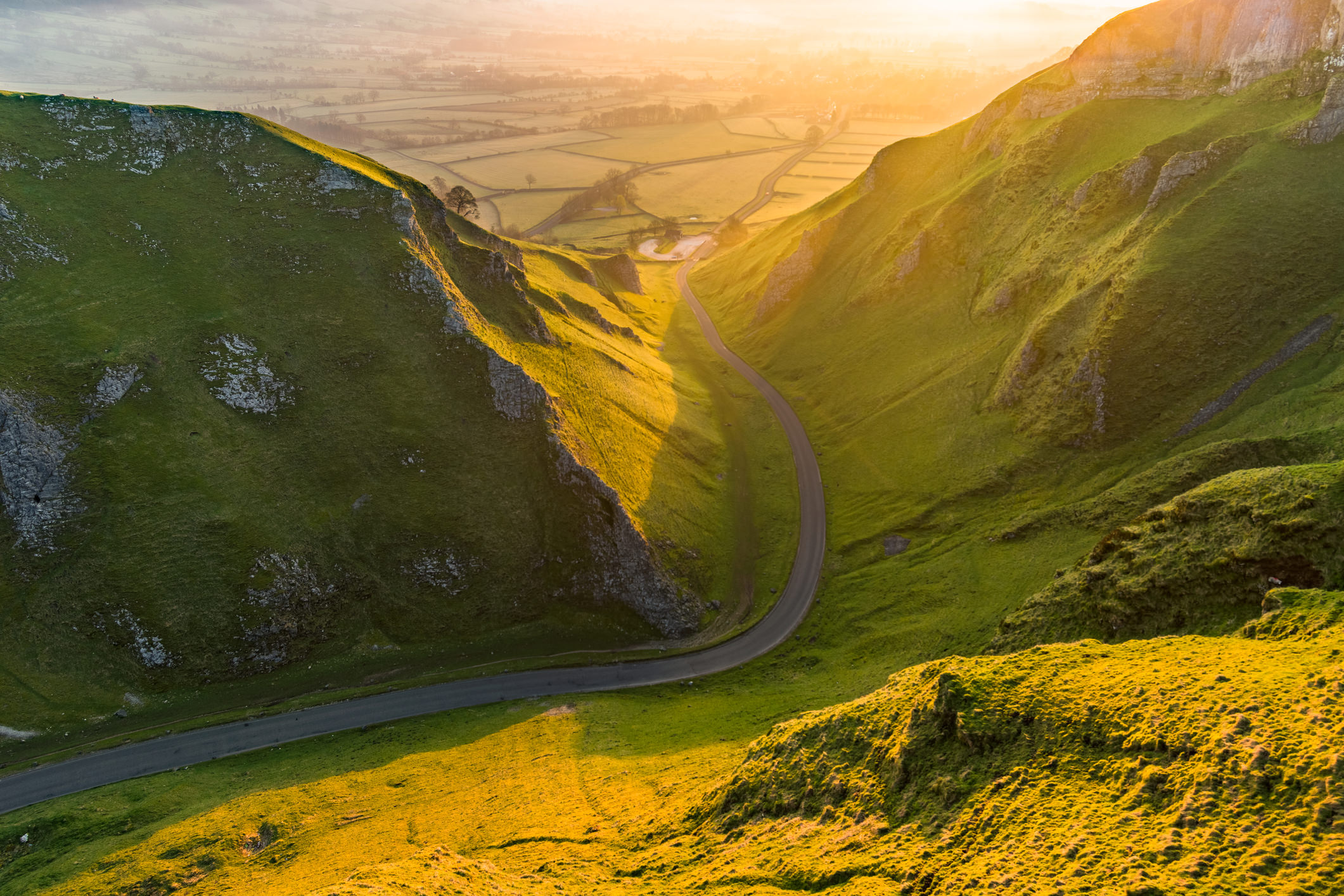
In this shot, for example, the horizon is shifted to the extreme top of the frame.
This is effective because it allowed the photographer to highlight the interaction between the rays of the setting sun and the landscape.
Shifting the horizon upward also allows the viewer to get a better view of the road, which acts as a leading line, pulling the eye out of the canyon below and into the midground and background of the shot.
In other words, if the most interesting aspect of the landscape is in the foreground, shift that horizon upward!
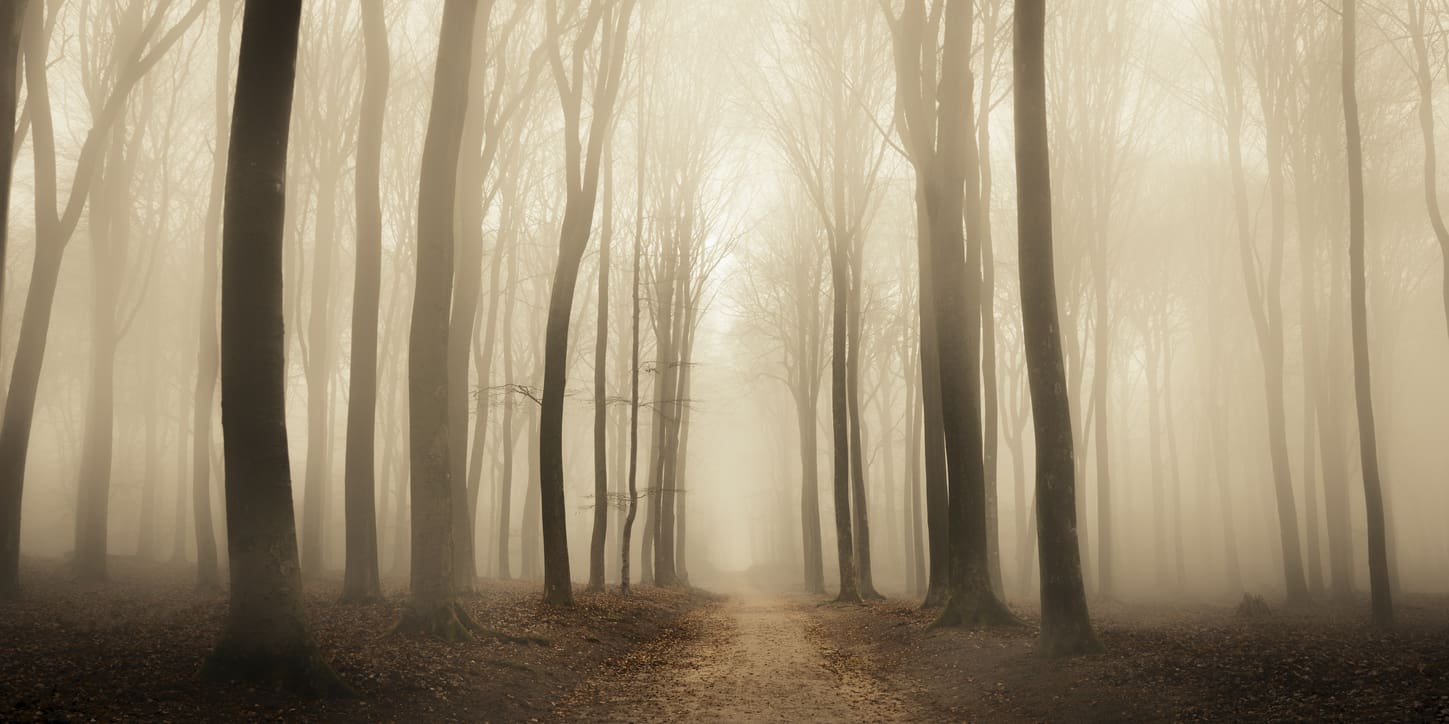
On the other hand, if you're presented with a situation in which it's the background that's more interesting, shift the horizon downward, that way you dedicate as much of the frame as you can to the background of the shot.
In the image above, you can see how this concept works well.
The depth of the forest and the height of the trees call for a low horizon. By framing the shot in this manner, the photographer highlights the verticality of the scene, as though the trees are reaching skyward through the fog.
Just imagine if this photo had been framed with the horizon in the middle - it wouldn't be nearly as impressive, would it?
Bringing It Together
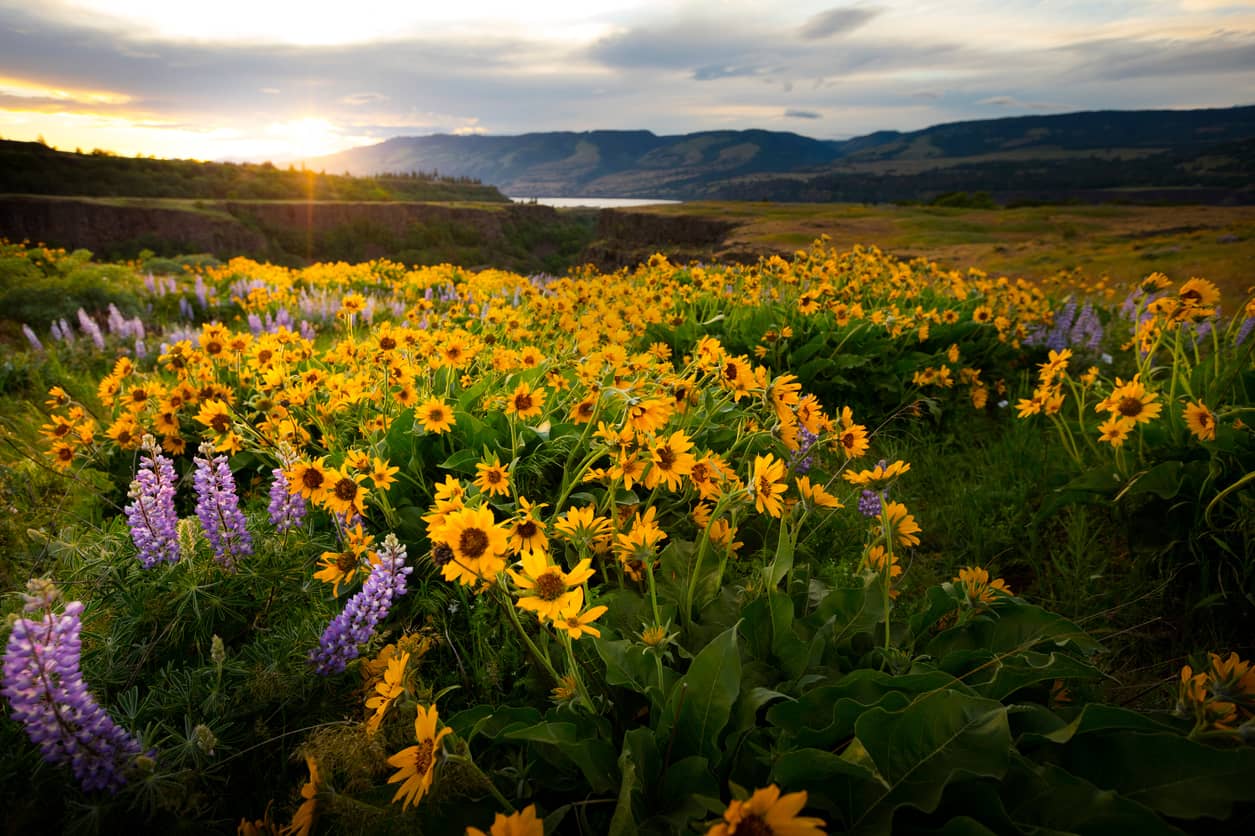
There are probably a million more landscape photography tips that you can learn about and implement into your workflow.
But if you're just getting started and you want a few sure-fire ways to improve the quality of your images, these four tips will do the trick!
Try each technique individually at first, then as you master each one, try using them together to see what sort of results you get. You might find that your photos begin to look more like those from the pros!
The blog post about the topic "4 Easy Landscape Photography Tips for Beginners" was first published on our website here https://www.photographytalk.com/landscape-photography-tips-for-beginners